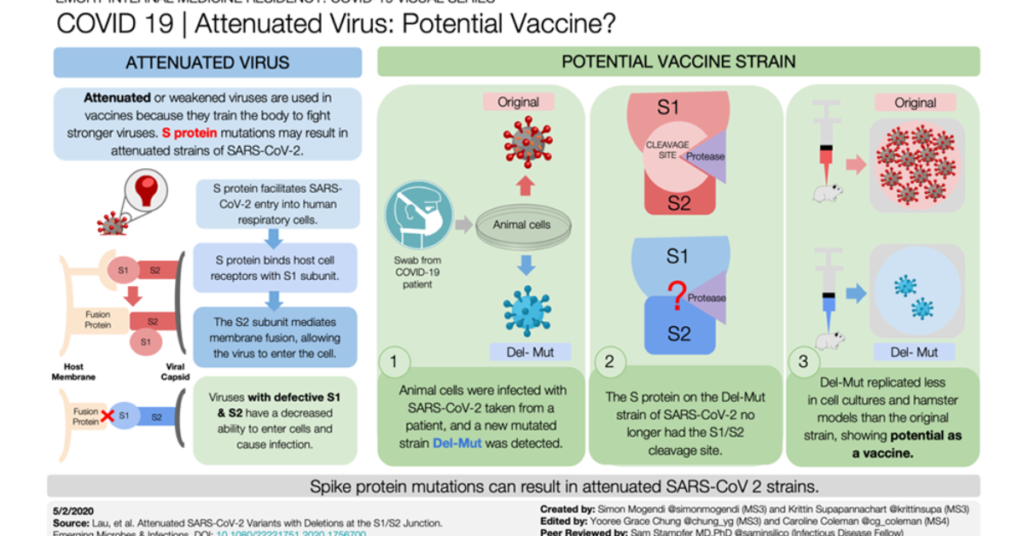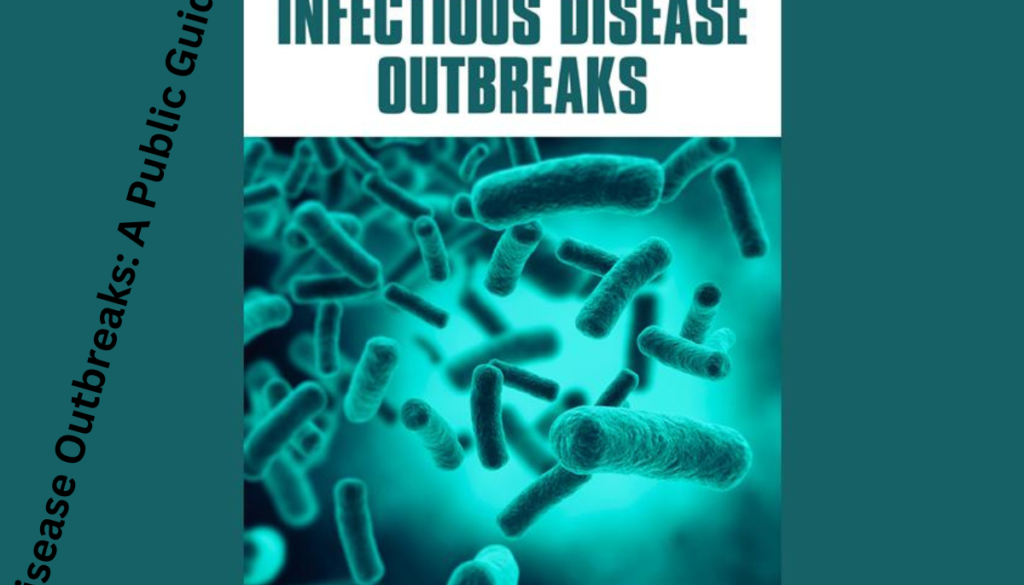Disease Outbreaks: A Public Guide
This article gives a simple view of the spread of disease Outbreaks. It covers their causes, effects, and the measures to deal with them.
Definition and Characteristics
A disease outbreak occurs when more people in an area are sick with a specific disease than is normal. To qualify as an outbreak, it must happen over a certain period and in a specific geographic area. Typically, these outbreaks are caused by infectious agents. For instance, these agents include parasites, viruses, and bacteria. Moreover, they can spread through various routes.
- Direct Transmission: From person to person through close contact.
- Indirect Transmission: Through contaminated surfaces, food, or water.
- Vector-Borne Transmission: Via insects like mosquitoes or ticks.
Causes and Drivers
Disease outbreaks are complex events influenced by a multitude of factors:
- Unsafe water sources cause disease outbreaks: This is especially true in areas with poor sanitation.
- Climate Change: It can alter weather patterns. Consequently, this can expand the range of disease vectors (like mosquitoes), thereby raising the risk of outbreaks. For instance, dengue fever and Zika virus are examples.
- Zoonotic Diseases are transmitted from animals to humans: As humans enter wildlife habitats, the risk of diseases like Ebola and avian influenza consequently rises.
- Global Travel and Trade: Easy international travel lets diseases spread rapidly across borders. This was seen with the COVID-19 pandemic.
- Weak Health Systems: These countries may need more resources and infrastructure. They need them for effective disease surveillance, diagnosis, and response.
Recent Trends and Impact
The past few decades have witnessed an alarming increase in disease outbreaks, fueled by factors like:
- Growing Population and Urbanization: Densely populated areas provide ideal conditions for disease transmission.
- Globalization and Travel: As mentioned earlier, interconnectedness facilitates rapid disease spread.
- Climate Change Impacts: This exacerbates the spread of vector-borne and waterborne illnesses.
The COVID-19 pandemic is an example of this. Specifically, it is the result of the novel coronavirus SARS-CoV-2. Furthermore, it shows the horrible effect of the fast spread of an outbreak. This causes a lack of capacity in health care. It also causes shortages in economies. And it creates strong health security risks for the world.

Public Health and Socio-Economic Implications
Disease outbreaks pose significant threats:
- Outbreaks create a public health burden. Consequently, they cause widespread illness, disability, and death. As a result, this strains healthcare systems.
- Economic disruption can harm businesses, travel, and trade. Consequently, this harm can cause large financial losses.
- Social and Political Instability: Outbreaks can fuel fear and lies. Consequently, they can cause unrest, which in turn can destabilize communities and nations.
Preparedness and Response: A Multifaceted Approach
Effectively tackling disease outbreaks requires a comprehensive and multi-faceted approach.
- Robust Surveillance and Early Warning Systems: Timely detection of outbreaks is crucial. This process involves monitoring disease patterns, conducting laboratory testing, and, consequently, ensuring rapid information sharing.
- Investing in healthcare infrastructure is key: It involves training healthcare workers and ensuring access to essential supplies.
- Global collaboration must coordinate disease outbreaks internationally: This includes sharing information, mobilizing resources, and conducting joint research. Consequently, these efforts can lead to more effective outbreak management and control.
- Vaccination and Prevention Measures: Vaccines are powerful tools for preventing outbreaks. Public health campaigns promoting hygiene, sanitation, and vector control are also vital.
- Research and Development are crucial: Investing in research is vital. Consequently, we need to develop new tests, treatments, and vaccines. These innovations are essential for fighting both new and returning diseases.
Examples of Disease Outbreaks
History is replete with examples of devastating outbreaks:
- Infectious Diseases: The Black Death was caused by the bubonic plague. Similarly, the 1918 influenza pandemic, HIV/AIDS, SARS, Ebola, Zika virus, and measles outbreaks demonstrate the many types of germs that can lead to significant health crises.
- Non-infectious outbreaks are less common: Examples include the Chornobyl disaster, which was caused by radiation. Similarly, the Bhopal gas tragedy was caused by chemicals. Consequently, these events demonstrate the potential for widespread health emergencies.
Conclusion
The spread of illnesses is a steering wheel. It deals with not only these sequences but also other, more serious problems. To reduce the impact of such rare events, we must first understand what causes them. Then, we must use global health security and preparedness funding. We must also use response measures to try to solve the problem and we live in an increasingly interconnected world. We must work together and predict new, complex health issues.

Keep visiting https://vibrantlivings.com. you can get here more health information.


